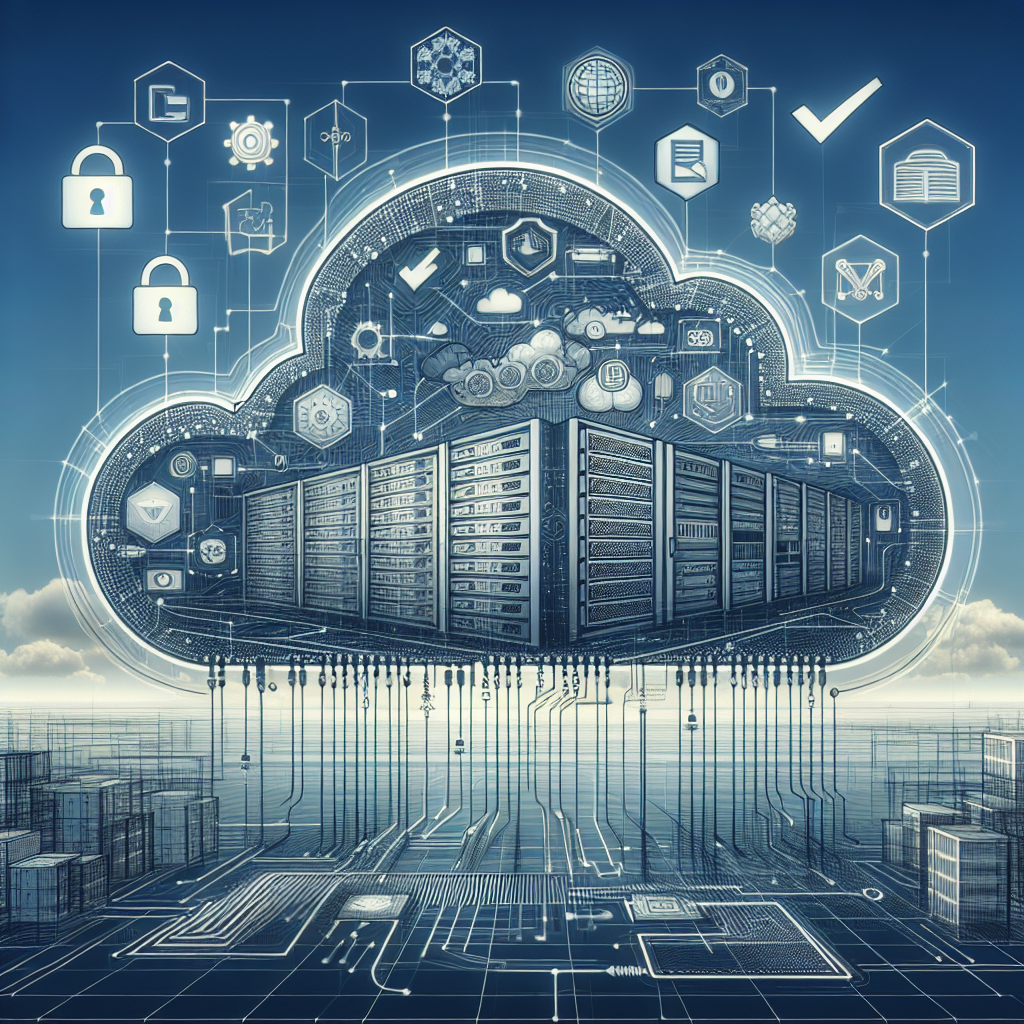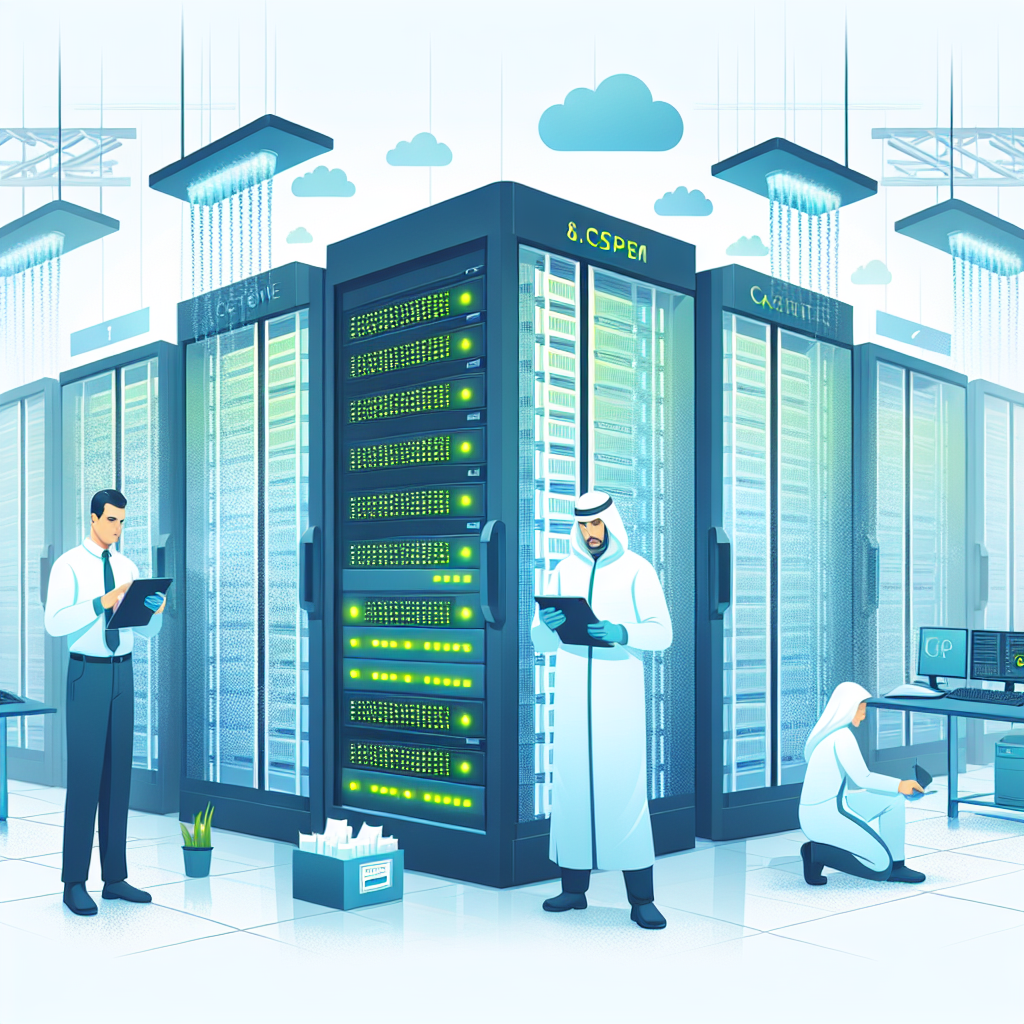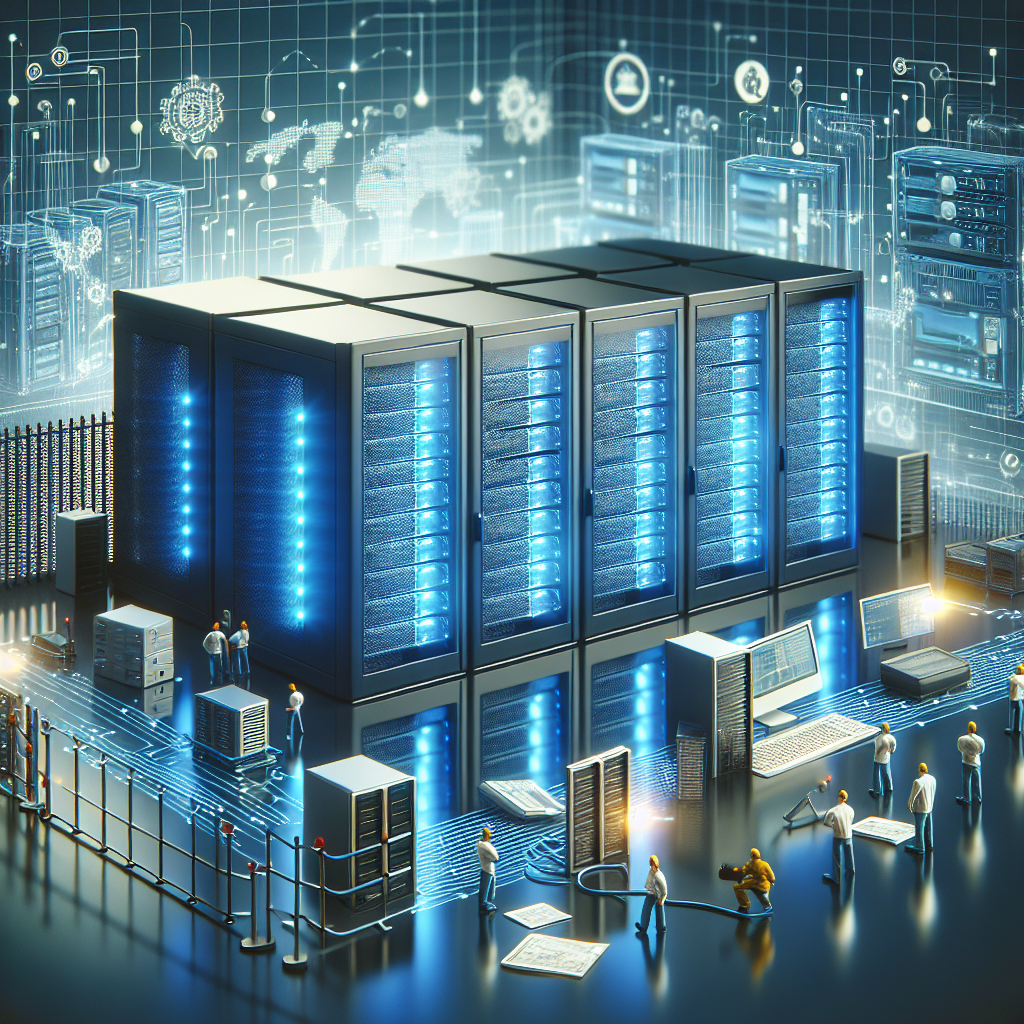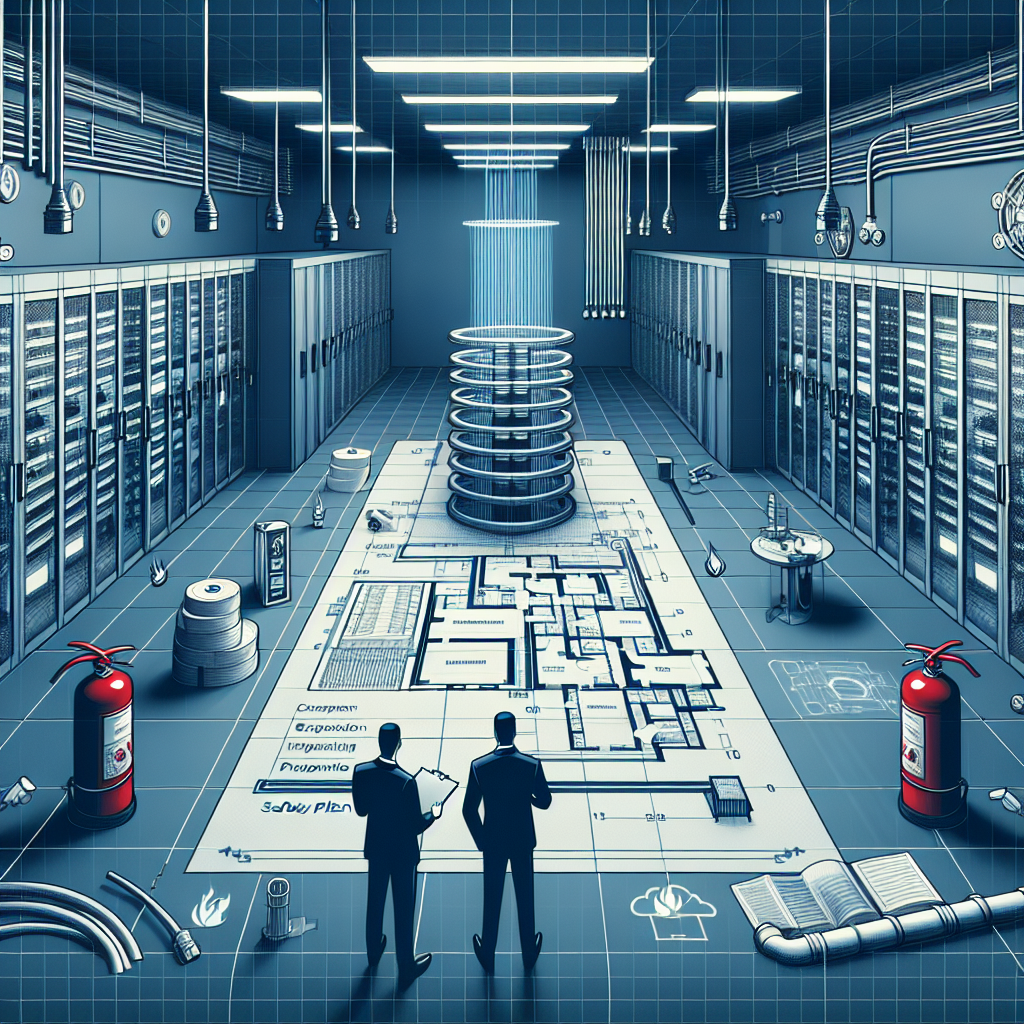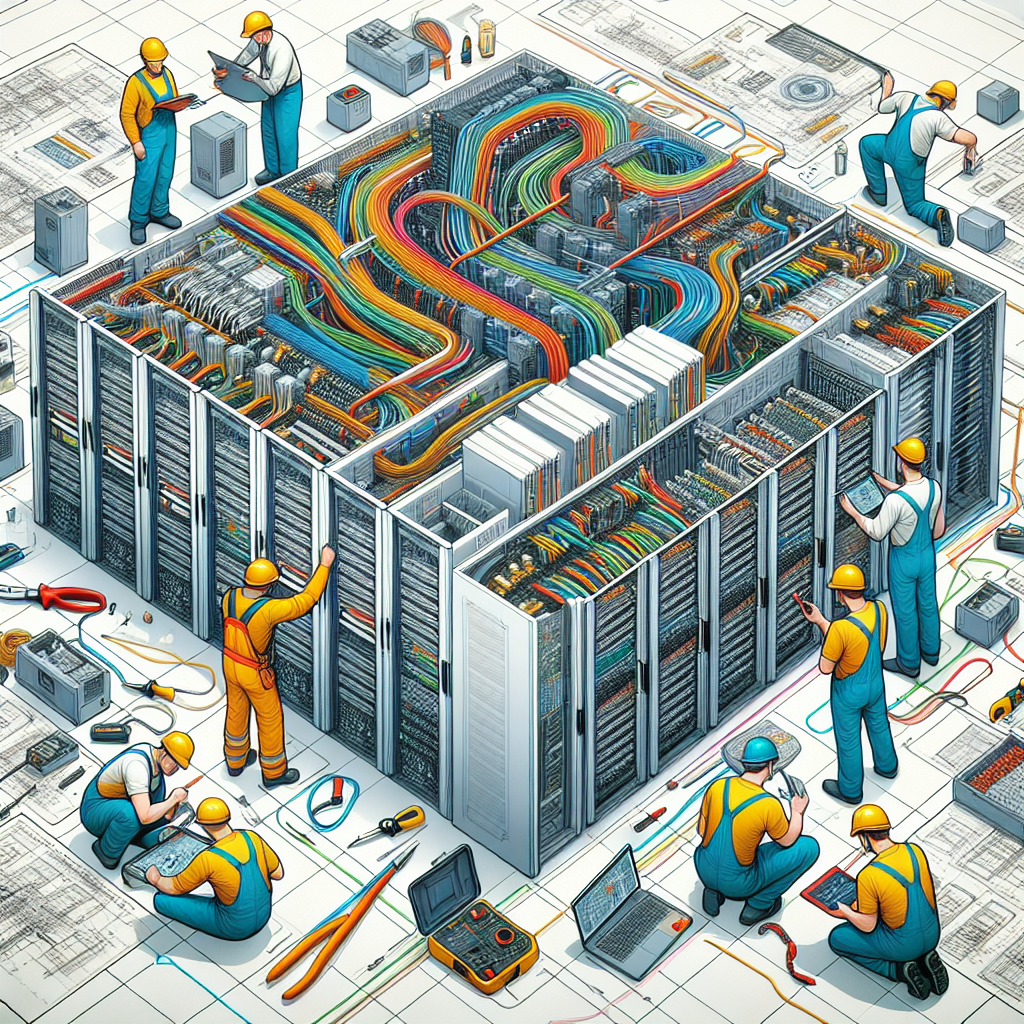Data center servers are the backbone of any organization’s IT infrastructure, storing and processing critical data and applications. It is essential to ensure that these servers are properly maintained and monitored to prevent downtime and ensure optimal performance. Here are some best practices for maintaining and monitoring data center servers:
Regular Maintenance:
Regular maintenance of data center servers is crucial to ensure they are running smoothly and efficiently. This includes tasks such as firmware updates, hardware checks, and cleaning of dust and debris. It is important to schedule regular maintenance checks to identify and address any issues before they escalate into major problems.
Monitoring Performance:
Monitoring the performance of data center servers is essential to identify any potential issues and take proactive measures to prevent downtime. This can be done using monitoring tools that track metrics such as CPU usage, memory usage, disk space, and network traffic. By monitoring these metrics, IT teams can identify trends and patterns that may indicate potential issues and take corrective actions before they impact server performance.
Implementing Redundancy:
Implementing redundancy in data center servers is crucial to ensure high availability and prevent downtime. This includes deploying redundant power supplies, storage arrays, and network connections. By implementing redundancy, organizations can ensure that their servers continue to operate even in the event of hardware failures or other issues.
Implementing Security Measures:
Data center servers store sensitive and critical data, making them a prime target for cyber attacks. It is important to implement robust security measures to protect servers from unauthorized access and data breaches. This includes implementing firewalls, intrusion detection systems, and encryption to secure data in transit and at rest.
Regular Backups:
Regular backups of data center servers are essential to ensure that critical data is not lost in the event of hardware failures, natural disasters, or cyber attacks. It is important to schedule regular backups and test them regularly to ensure data can be restored quickly and efficiently in case of a disaster.
Training and Education:
Providing training and education to IT staff on best practices for maintaining and monitoring data center servers is essential to ensure they have the knowledge and skills to manage servers effectively. This includes training on how to use monitoring tools, perform maintenance tasks, and respond to security incidents.
By following these best practices for maintaining and monitoring data center servers, organizations can ensure their servers are running smoothly and efficiently, minimize downtime, and protect critical data from potential threats. Investing in proper maintenance, monitoring, and security measures can help organizations maintain a reliable and secure IT infrastructure that supports their business operations.

